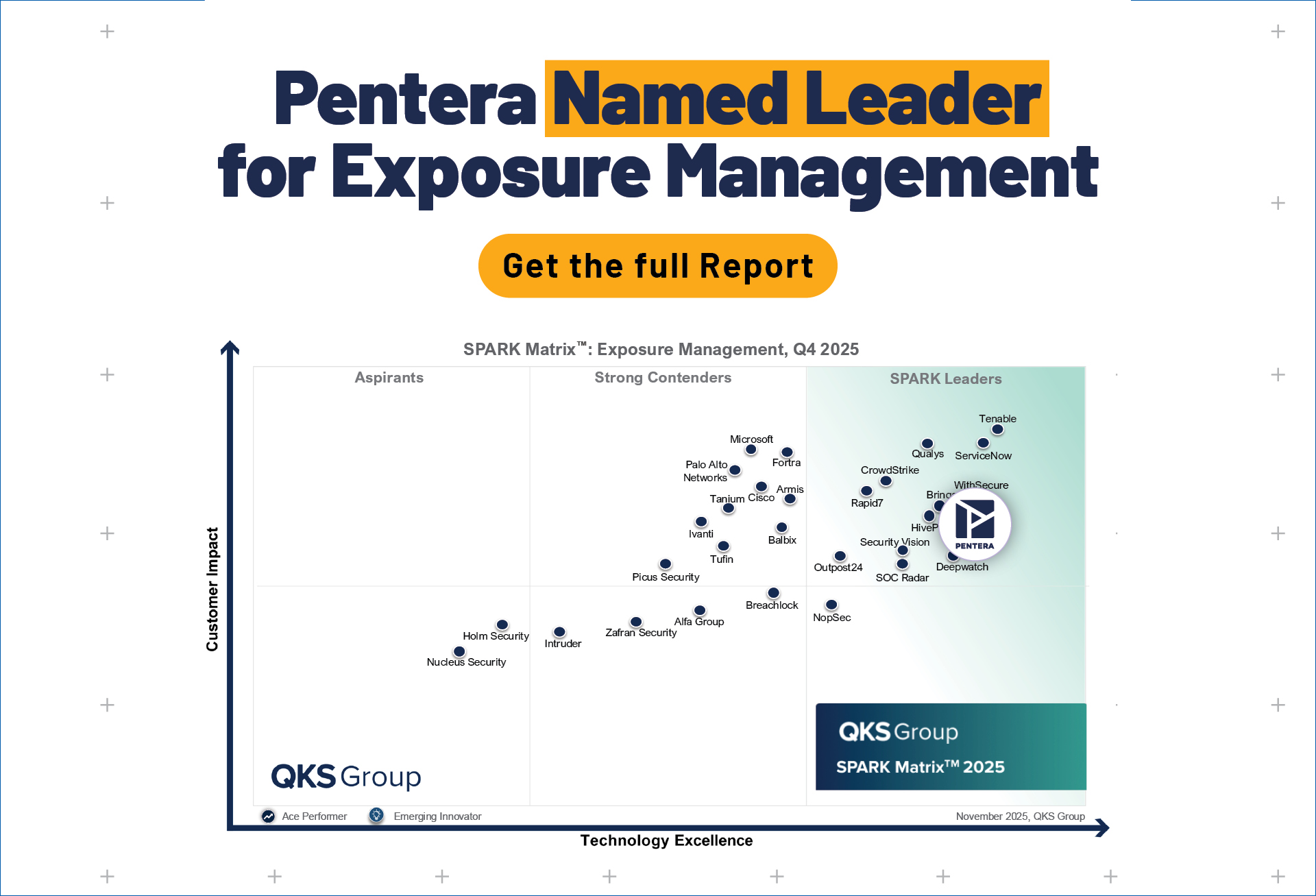What is an Attack Vector?
An attack vector is a method or pathway that cyber adversaries use to infiltrate systems, networks, or applications. Attack vectors often exploit vulnerabilities to gain unauthorized access, disrupt operations, or deploy malicious code. These vectors, also referred to as threat vectors, represent the critical routes attackers take to execute their malicious objectives.
Why understanding attack vectors important for cybersecurity?
Comprehending attack vectors enables organizations to preempt potential attacks, prioritize vulnerability remediation, and strengthen their security posture. By having a full knowledge of existing attack vectors and the ways in which they can be exploited, organizations can anticipate and act early in prioritizing and remediating vulnerabilities.
By understanding the various ways adversaries exploit threat vectors, organizations can:
- Anticipate attack methods
- Mitigate risks proactively
- Reduce the likelihood of successful exploits
Having full knowledge of existing common attack vectors, such as phishing and social engineering, empowers security teams to take early action in securing vulnerabilities and fortifying defenses.
How cyber adversaries leverage attack vectors
Attackers exploit attack vectors by identifying and targeting vulnerabilities in systems, networks, or applications. Their approach often involves reconnaissance, gathering information about the target, and using that intelligence to exploit threat vectors effectively. These exploits lead to malicious outcomes such as:
- Stealing sensitive data.
- Compromising security systems.
- Deploying ransomware or other malware.
By recognizing how attackers use common attack vectors, organizations can better protect their systems.
They do this by gathering information about their target, then using that knowledge to gain unauthorized via identified attack vectors and carry out malicious acts such as stealing data or compromising security systems.
What are common types of attack vectors?
There is a variety of different types of attack vectors that attackers can leverage. The following are some of the most commonly exploited attack vectors:
- Phishing Attacks: Attackers engage in phishing attacks by sending misleading or false emails to users, deceiving them into downloading harmful attachments, or volunteering sensitive information like access credentials.
- Malware Injection: Malicious software is secretly inserted into the target system. This is commonly done via scripts on compromised web pages and downloadable email attachments.
- Exploit Kits: Attackers use automated programs that are designed to exploit specific vulnerabilities in the code of a particular application or system.
- Social Engineering: Attackers use social means to manipulate or deceive individuals into revealing sensitive information or taking actions that compromise security, allowing them to gain unauthorized access to important resources.
- Brute Force Attacks: Using automated tools, attackers perform repeated, systematic attempts to guess login credentials or encryption keys, allowing them to exploit weak passwords.
- Supply Chain Attacks: Attacks tamper with or exploit vulnerabilities in third-party applications or services, allowing them to infiltrate a system with malicious code or access critical resources.
By understanding these threat vectors, organizations can better anticipate and block attacks.
How organizations can protect devices against vector attacks?
To protect devices against common vector attacks, organizations can implement several preventive measures:
-
Use Security Solutions: Deploy antimalware, antivirus, and firewalls to block threats in real-time.
-
Regular Updates and Patching: Address software vulnerabilities to eliminate attack opportunities.
-
Strong Access Controls: Enforce robust passwords, multi-factor authentication, and zero-trust architectures.
-
Monitor Network Traffic: Use intrusion detection systems to identify suspicious activities.
-
Employee Training: Educate staff to recognize and respond to phishing and social engineering attempts.
-
Vendor Risk Management: Vet third-party vendors and conduct regular security audits to reduce supply chain risks.
-
Implement security solutions: To protect against common vector attacks like those that utilize malware, organizations can implement purpose-built security solutions such as antimalware, antivirus, and firewalls, which can identify and block malicious activities in real time.
Empowering proactive security with attack vector awareness
Proactively understanding attack vectors allows organizations to identify vulnerabilities, conduct risk assessments, and prioritize mitigation strategies. This approach ensures a stronger security posture and greater resilience against evolving cyber threats.
Frequently asked questions
What is the difference between an attack vector and an attack surface?
An attack vector is a specific method used to exploit vulnerabilities, while the attack surface refers to all potential entry points where threats could occur.
How can organizations secure their attack vectors?
Organizations can secure attack vectors through regular patching, strong access controls, security awareness training, and implementing tools like automated security validation.
Can attack vectors evolve over time?
Yes, attack vectors can evolve over time. As attackers come up with new techniques and identify new vulnerabilities in the code of applications and systems, the vectors they use can change over time. In order to effectively protect themselves against these evolving threats, organizations should adopt a proactive security approach to continuously identify and remediate common vulnerabilities before attacks can occur.
What is an example of a common attack vector?
Phishing is a widely exploited attack vector where attackers deceive individuals into revealing sensitive information or installing malware.


